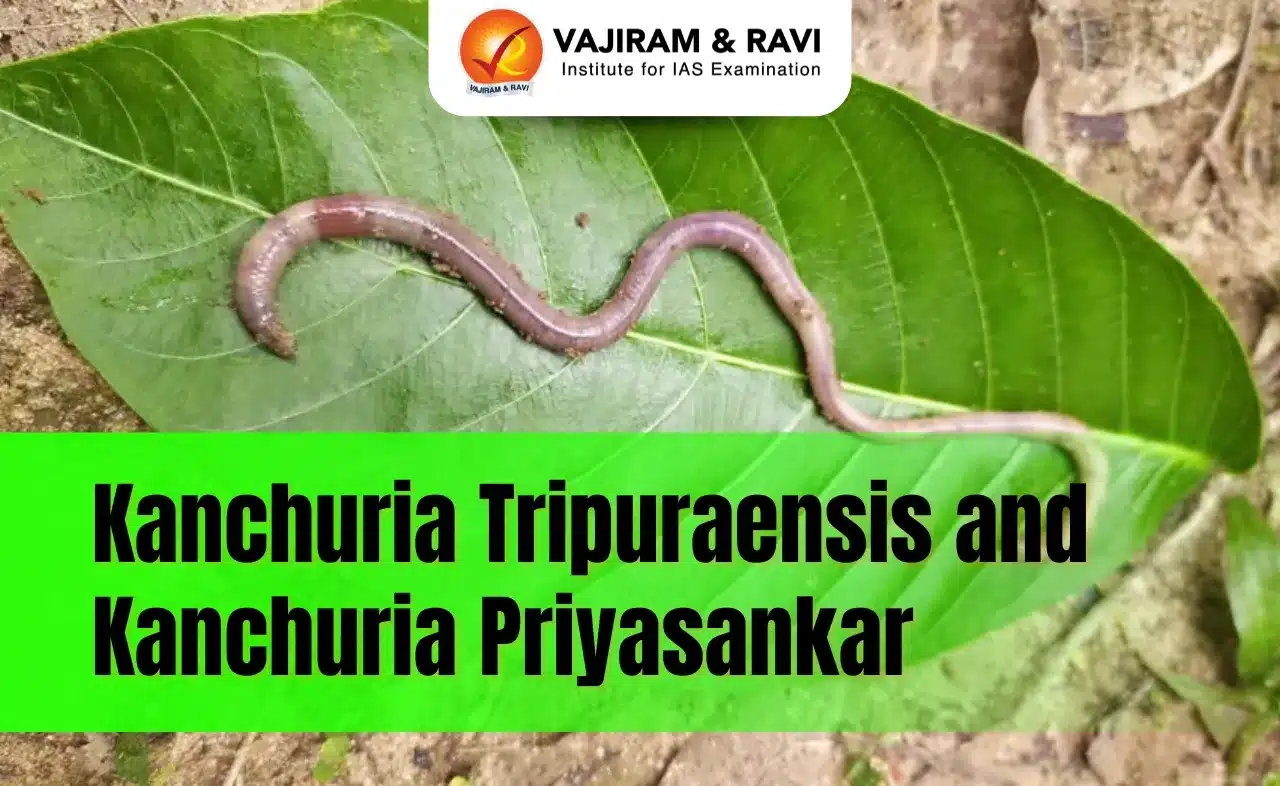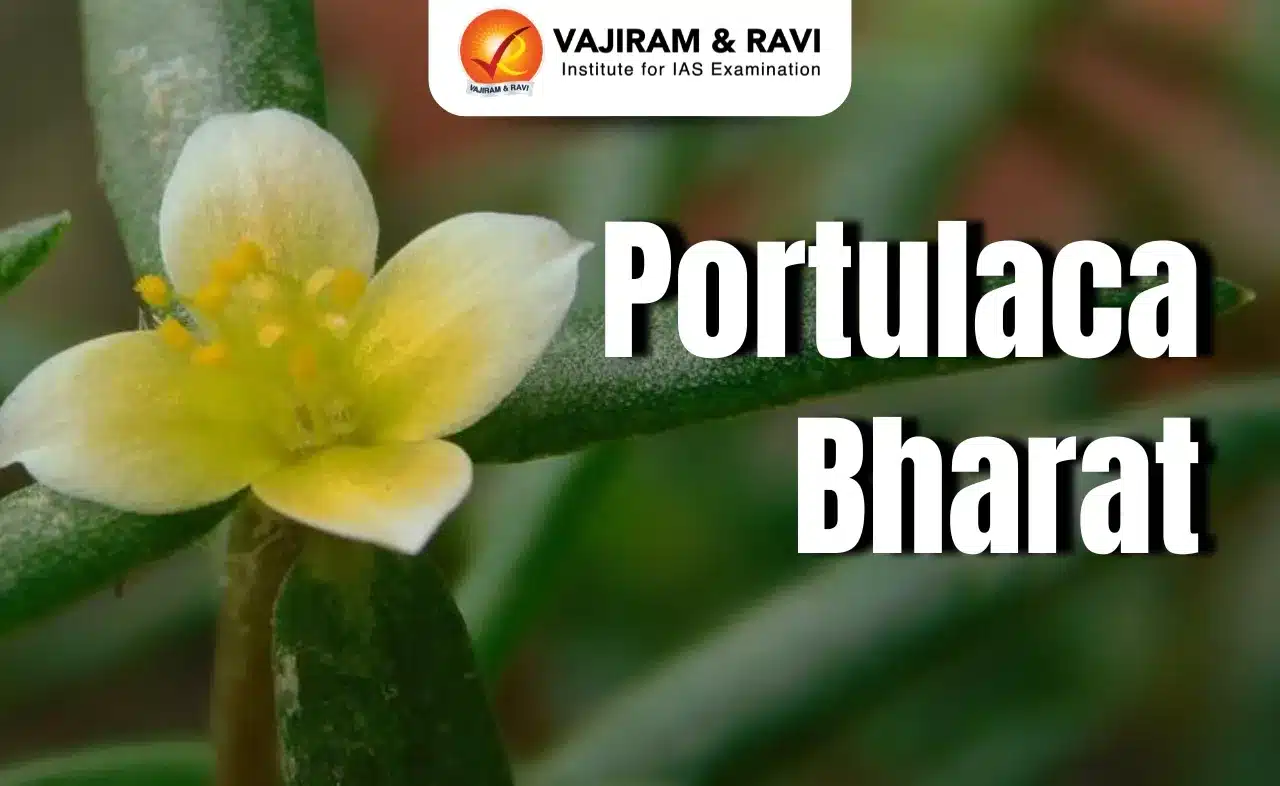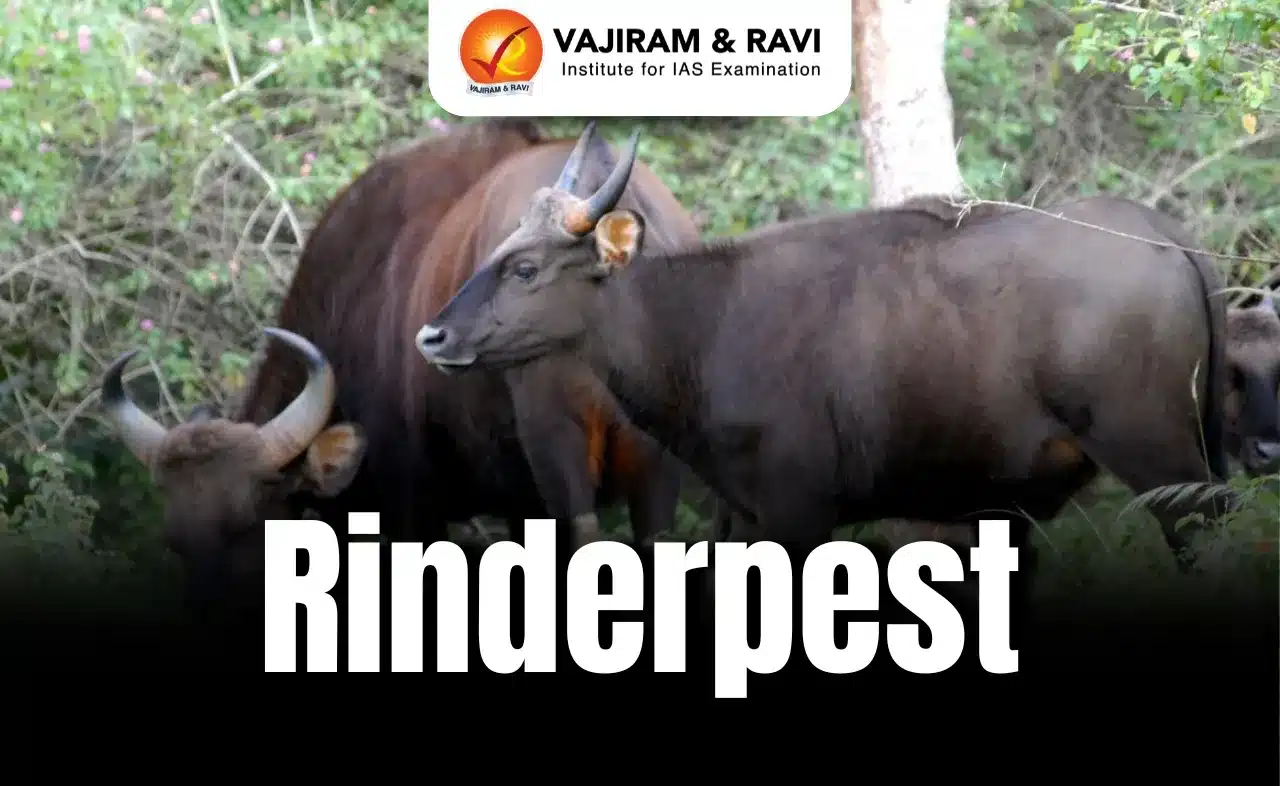Kanchuria Tripuraensis and Kanchuria Priyasankari Latest News
Conservation activists have expressed concern over tourism promotion through wildlife safari in the Kali Tiger Reserve.
About Kanchuria Tripuraensis and Kanchuria Priyasankari
- These are two new species of earthworms discovered in Tripura.
- Kanchuria tripuraensis has been named after Tripura, where it was found thriving in rubber and pineapple plantations — highlighting the ecological diversity of even agriculturally modified landscapes.
- Kanchuria priyasankari is a tribute to Prof. Priyasankar Chaudhuri, whose four-decade-long dedication to earthworm taxonomy has placed Tripura on the national and international map for soil biodiversity studies.
- K. tripuraensis is unique within its genus for having single ventromedian spermathecae in segments 7 and 8—a distinguishing morphological feature.
- K. priyasankari, a member of the turaensis species group, is characterised by its comparatively smaller size and a distinctive spermathecal structure that sets it apart from its close relative, K. turaensis.
- With these additions, the genus Kanchuria—which is endemic to Northeast India—the genus count reaches 10.
- This discovery also raises the number of documented megadrile earthworm species in Tripura to 38, cementing the Eastern Himalaya–Northeastern Hills as the second-richest region in India in terms of earthworm diversity.
Source: IT
Kanchuria tripuraensis and Kanchuria priyasankari FAQs
Q1: Kanchuria tripuraensis was discovered in which Indian state?
Ans: Tripura
Q2: Kanchuria priyasankari is named in honour of which scientist?
Ans: Prof. Priyasankar Chaudhuri
Q3: Which species group does Kanchuria priyasankari belong to?
Ans: Turaensis group
Q4: What characterizes Kanchuria priyasankari in comparison to Kanchuria turaensis?
Ans: Smaller size and distinctive spermathecal structure













